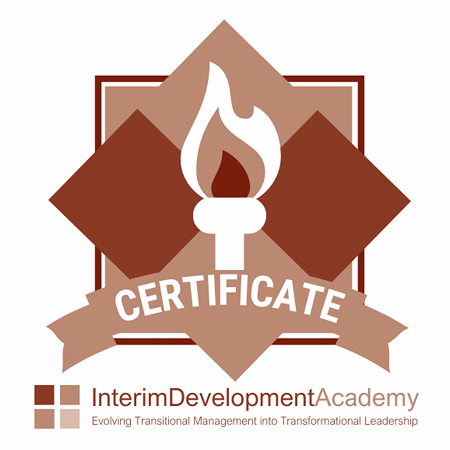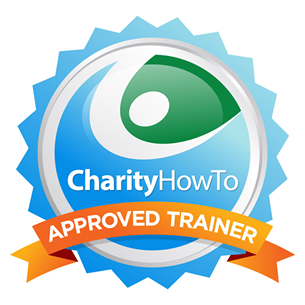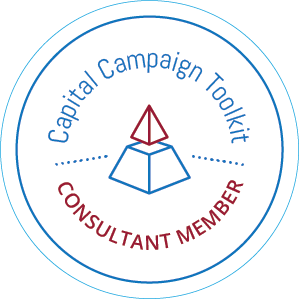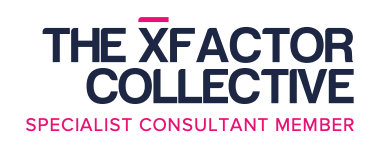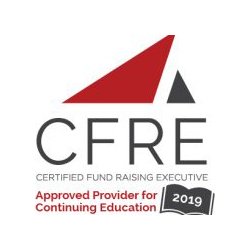Feeling listless, stressed, in a funk? Snap out of it!
I have been in the field of fundraising for a long time. And, I know that sometimes (maybe a lot of occasions), development work can be hard and draining, and sometimes you end up in a funk. Well, here are some great ways that YOU can get yourself out of that funk, and go on serving your donors and your organization. 
So, there are hormones that contribute to our moods; you know things like endorphins, serotonin, dopamine, testosterone, etc. that regulate how you feel to get you up and running, we need to stimulate those hormones that will make you feel good.
Here are some ways that you can jumpstart that process during your day:
Pull out some old photos and take a walk down memory lane. Remember those times you felt on top of the world? Get those pictures out. Take a look at them on your break time.
Journal your proudest fundraising moment or the time when you got the most done. How did you feel? What was that experience? Why did you feel the way that you felt at the time?
Create a bucket list, and then take some action steps towards that bucket list. Why not create a summer bucket list and go out and do it. Just thinking about creating a bucket list and getting started, makes you feel good. That hope of getting started on a bucket list alone gets your motor running.
Get into a “power pose” you know the Superwoman, Rocky kind of pose. Stretch out your hands like you are crossing a marathon finish line. Do that for two minutes, and you will feel revved and ready to go.
Call someone or think of a person who makes you laugh or gives you good advice. Who is your “go-to” person that makes you feel connected? Give them a call!
Get your body moving, biking, walking, kayaking, running, dancing to your favorite song, etc. Get your heart going and get those endorphins going. You will immediately feel good.
Development work can be hard. And, sometimes, let’s face it, we don’t always feel up to par and on top of the word. I know, I have been there. Trust me; I have been there. So when the down times “hit!’ Take these quick and easy steps on your break or lunch time, and immediately trigger the chemical reactions in your brain that will start to turn the funk tide.
What are some ways that you get your fundraising motor running when you feel as if you are running on empty?
P.S. – Are you ready to get started with your first large fundraising campaign? And, you want it to be successful? Get started with my FREE 7 Steps to a Majorly Successful Fundraising Campaign and use the same EXACT steps that I share with my clients. Click here to download your FREE 7 Steps “Cheat Sheet” and start planning your fundraising campaign today. I will share with you all the steps you need to be successful before launching your next campaign.

 disclosure, like other more traditionally recognized stimuli, may be inherently
disclosure, like other more traditionally recognized stimuli, may be inherently  your territory. Use facial gestures that indicate happiness, open up your chest area, use hands to illustrate your words, etc.
your territory. Use facial gestures that indicate happiness, open up your chest area, use hands to illustrate your words, etc. average of twenty cents per dollar raised to renew donors via direct mail? It costs about $1 to $1.25 to acquire a donor using that same method. That is five times more. And, on the converse, these new donors tend to give substantially less. It is much easier to upgrade an existing loyal donor to a higher level of giving.
average of twenty cents per dollar raised to renew donors via direct mail? It costs about $1 to $1.25 to acquire a donor using that same method. That is five times more. And, on the converse, these new donors tend to give substantially less. It is much easier to upgrade an existing loyal donor to a higher level of giving. important to not only look at internal things that will impact your fundraising success i.e. Board of Directors, etc., but it is also critical to examine external factors as well. Some external things that may affect the success of fundraising include political factors (i.e. election time), economic (a down economy), sociocultural (changing demographics), and technology (changes in the web, social media, etc.). Development audits also tend to examine others in the industry including nonprofits serving the same type of causes, similar sizes, potential collaborators, and other market factors).
important to not only look at internal things that will impact your fundraising success i.e. Board of Directors, etc., but it is also critical to examine external factors as well. Some external things that may affect the success of fundraising include political factors (i.e. election time), economic (a down economy), sociocultural (changing demographics), and technology (changes in the web, social media, etc.). Development audits also tend to examine others in the industry including nonprofits serving the same type of causes, similar sizes, potential collaborators, and other market factors).
 se results to the board.
se results to the board. They fail to look at national giving trends that show individuals giving more than 70% of all contributed income and only 15% made by grants and foundations, with even less by corporations. It is these same organizations that continue
They fail to look at national giving trends that show individuals giving more than 70% of all contributed income and only 15% made by grants and foundations, with even less by corporations. It is these same organizations that continue


 Well, this group had a total of 700 names in their donor file. And, they were in serious trouble operating in crisis mode. Person after person told them that they should not invest in donor acquisition, but
Well, this group had a total of 700 names in their donor file. And, they were in serious trouble operating in crisis mode. Person after person told them that they should not invest in donor acquisition, but